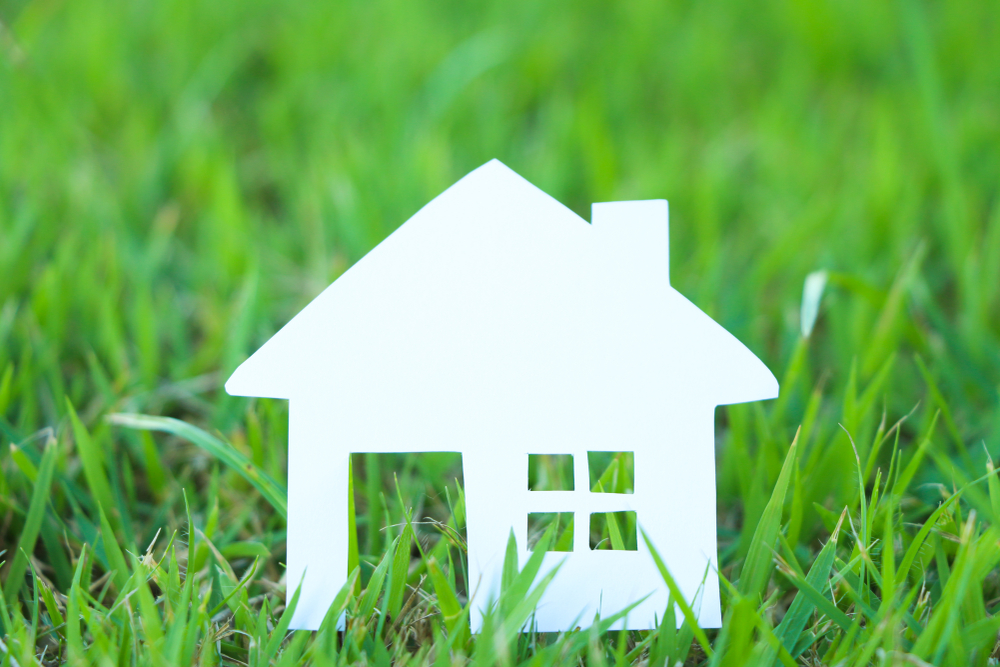As the need for sustainable living becomes increasingly evident, homeowners actively seek ways to reduce their carbon footprint and embrace greener living. One significant aspect of this shift towards sustainability is the adoption of green home energy options. By exploring alternative sources of energy, homeowners can not only reduce their environmental impact but also enjoy long-term cost savings. Here are some of the most popular and effective green home energy options available today:
Solar Power
Solar power has emerged as a leading green energy option for homeowners worldwide. By harnessing the sun’s abundant energy, solar panels convert sunlight into electricity, providing a clean and renewable source of power. Installing solar panels on rooftops allows homeowners to generate their own electricity, thereby reducing dependence on the traditional power grid. Solar power systems have a long lifespan and often come with warranties lasting several decades. With advancements in technology, solar panels have become more affordable and efficient, making them an attractive option for green homeowners.
Wind Power
Harnessing the power of wind is another viable option for generating green energy. Wind turbines, commonly found in rural or coastal areas, convert the kinetic energy of wind into electricity. Although large-scale wind farms are prevalent, smaller wind turbines designed for residential use are also available. Homeowners with suitable wind conditions can install these turbines on their properties to generate clean and renewable energy. Wind power systems require careful consideration of wind patterns and local regulations, but they can be a valuable addition to a green home energy strategy.
Geothermal Heating and Cooling
Geothermal energy taps into the Earth’s natural heat and is a highly efficient way to regulate a home’s temperature. Geothermal heat pumps use the stable temperature below the Earth’s surface to warm or cool a house, reducing the reliance on traditional heating and cooling systems that consume substantial energy. Geothermal systems are known for their long lifespan, low maintenance requirements, and energy efficiency. While the upfront costs of installation may be higher compared to conventional systems, the long-term energy savings make it a worthwhile investment for eco-conscious homeowners.
Energy-Efficient Appliances and Lighting
Energy conservation within a home is just as important as generating green energy. Homeowners can reduce their energy consumption by opting for energy-efficient appliances and lighting fixtures. ENERGY STAR-certified appliances, such as refrigerators, dishwashers, washing machines, and HVAC systems, are designed to use less energy without compromising functionality. Similarly, replacing traditional incandescent bulbs with LED or CFL lights significantly reduces electricity usage. By embracing energy-efficient appliances and lighting, homeowners can contribute to overall energy conservation and decrease their environmental impact.
Smart Home Technology
Integrating smart home technology into a green energy strategy allows homeowners to optimize their energy consumption. Smart thermostats, for example, learn household patterns and adjust temperature settings accordingly, ensuring efficient heating and cooling. Home automation systems can also enable homeowners to remotely control lighting, appliances, and energy usage. By using these technologies, homeowners can monitor and optimize their energy consumption, resulting in both environmental benefits and potential cost savings.
Transform Your Home Today
Embracing green home energy options is a crucial step toward a sustainable future. Let the HVAC experts of S&L Prime A/C & Heating Systems help you transform your home into an energy-efficient one. Together, we can find practical ways and strategies to keep your home comfortable and energy efficient. Contact us today to learn more.









